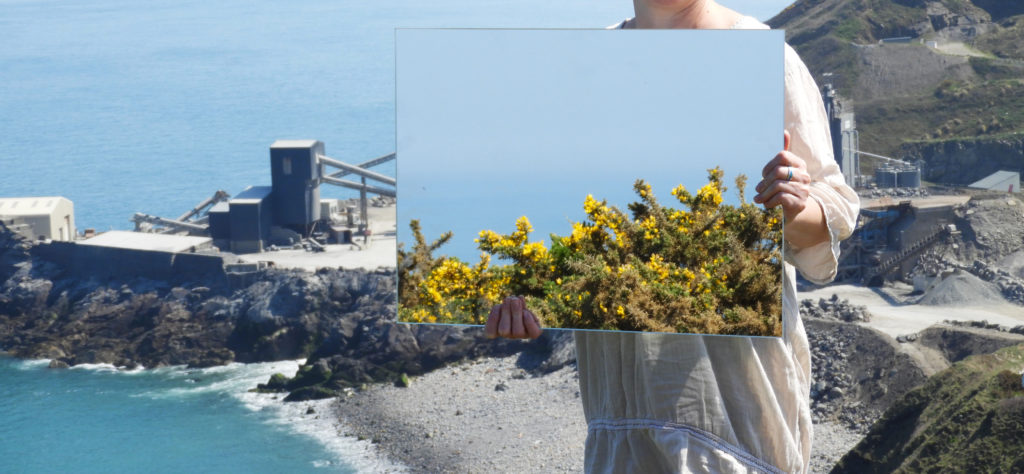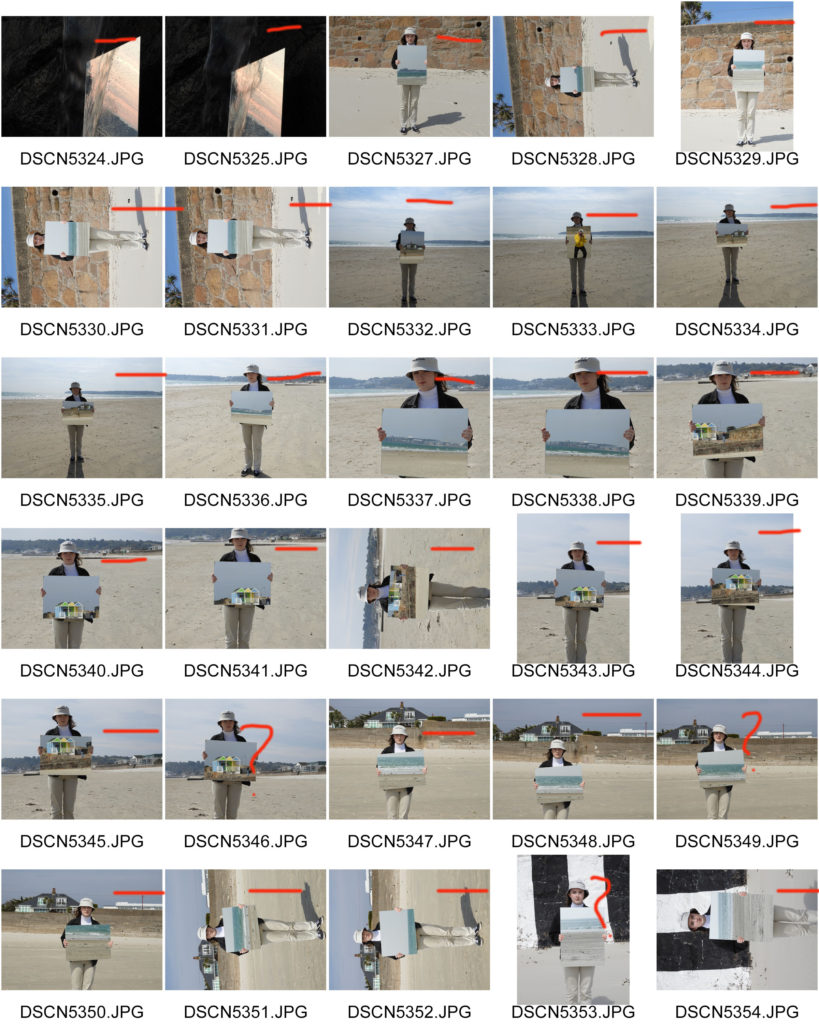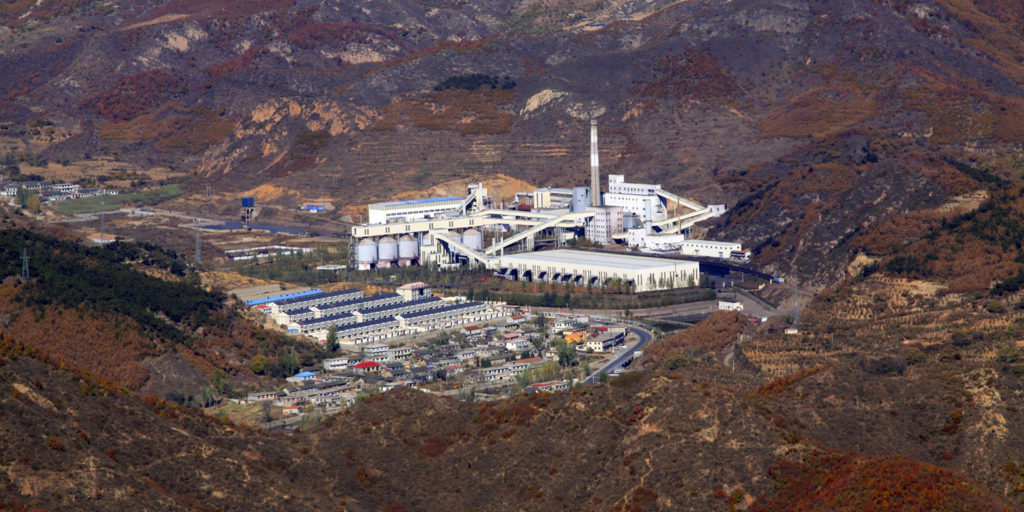EVALUATING THE JOURNEYS AND PATHWAYS UNIT:
The overall course of action during this project I feel was very good. I started the unit not knowing the sort of path I wanted to go down in terms of the type of photos I should be capturing and creating. In the past we had explored both minimalism and portraiture but I had yet to do anything regarding landscape photography so therefore I was keen to explore this theme this unit. A major aspect of landscape photography is the theme of landscape romanticism, the depiction of landscapes in art – natural scenery such as mountains, valleys, trees, rivers, and forests, especially where the main subject is a wide view – with its elements arranged into a coherent and sublime composition. As art is one of my areas of interest also, I decided to experiment with this theme.
The first few photo shoot I did were quite all over the place as I did not exactly know how to Tackle the subject. I chose locations which were very well know for their natural beauty yet the final outcomes of each photo shoot were underwhelming and far from what I wanted. About half way through the project I came across a photographer called Cody William Smith on the internet. Some time ago he did a series using mirrors and landscapes, reflecting various aspects of the environment within the mirrors, with very impressive and interesting outcomes.
I decided to attempt a very similar concept as this, so I went out and purchased a large rectangular mirror, Smith used a circular one in his own photography. I did not completely want to copy his concept therefore the theme which I wanted to tackle was the urbanization of landscape. This was something which I realized during my previous photo shoots at Sorel point and Corbier. Each location was effected differently with human impact. At Corbier, the rocky shoreline was home to Corbier lighthouse, and Sorel point had physically been impacted by the quarry which was set up there some time ago, digging away at the cliff and eroding it away.
The first photo shoot which I did for this concept was quite minimal as I was not quite sure yet in what I wanted to have reflected in the mirror. To my surprise, this very experimental photo shoot turned out to be one of my most successful, I was able to capture some of the most beautiful imagery I had ever before in photography since the start of the course. I was so pleased with the outcomes in fact that I decided to take the most successful images from that shoot and automatically make them my final pieces. The images although very minimal and subtle, captured perfectly what I wanted them to.
Eager to make the them of landscape urbanization more apparent in my work, I revisited Sorel point to directly capture the impact of the granite quarry. I took along with me a model, who was able to bridge the gap between nature and human impact with the presence of her hands. This again turned out to be a very successful photo shoot, with some very impressive final outcomes.
The editing process of all my final outcomes was very minimal, simply cropping, adjusting the brightness, contrast and saturation of the images. Coming up with the idea for my display box was also quite easy as I expressed the symbolism of some of the aspects in the images in a physical form. The final display boxes were also everything I hoped they would be. The only minor inconvenience I experienced whilst making them was that I expected my final prints to fill the entirety of the page instead of a small slither, yet I soon realized this was my own mistake as I cropped some of the images so much that they were now in a panoramic format instead of filling up an entire page.
VIRTUAL DISPLAY:








































